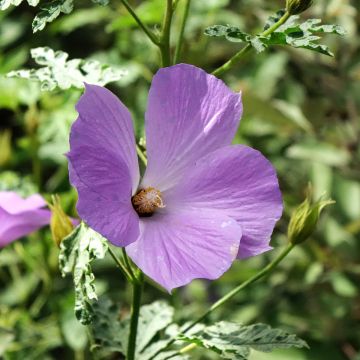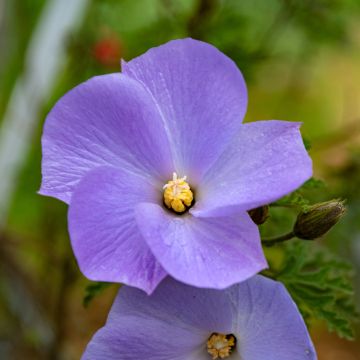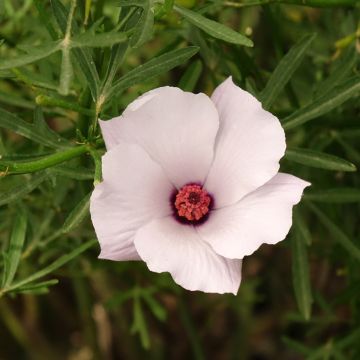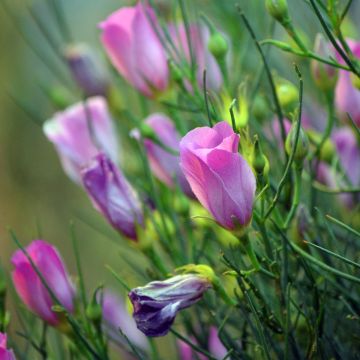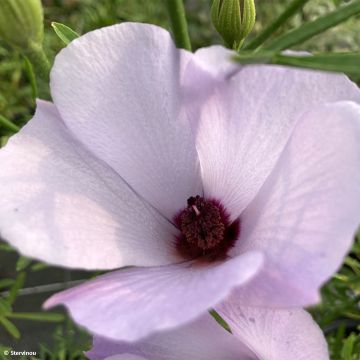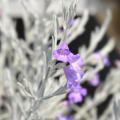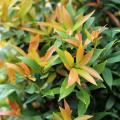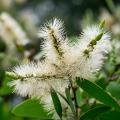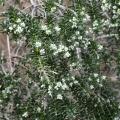Alyogyne
Would this plant suit my garden? Set up your Plantfit profile →
Available in 1 sizes
Available in 1 sizes
Available in 1 sizes
Available in 1 sizes
Available in 1 sizes
Our collection of Alyogynes. These are Australian bushes similar to hibiscus, from the mallow family, known for the Alyogyne huegelii nicknamed Australian blue hibiscus and its excellent 'Santa Cruz' hybrid. Not very hardy, they offer a very long mauve-blue flowering and charm with the beauty and size of their flowers. The Alyogyne genus includes about ten bush species, formerly classified in the Hibiscus genus, endemic to dry regions of Australia, commonly called "False-hibiscus". In our climate, in open ground, these upright bushes can measure between 1.20 m (4ft) and 1.80 m (6ft) in all directions, depending on the varieties. Their flowering takes the form of large iridescent flowers in shades of blue, mauve or even pink in the cultivar 'Delightfully'. These plants bloom for several weeks between the spring and the end of summer. The leaves are evergreen in areas without frost and have a varying appearance, being lobed, crisped, and downy.
The low hardiness of these Alyogynes (-5 to -6°C (23 to 21.2°F) in dry soil) requires them to be grown in pots and overwintered outside coastal areas where frosts are rare. Especially since they tolerate winter humidity very poorly. On the other hand, they tolerate drought very well once well established. For them to grow well, it is imperative to provide them with sun and a very well-drained, stony or sandy soil.
Haven't found what you were looking for?





































